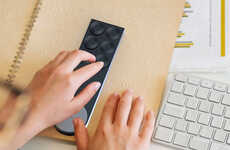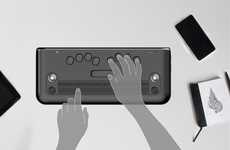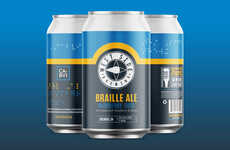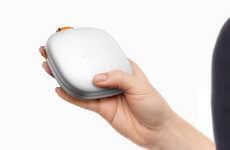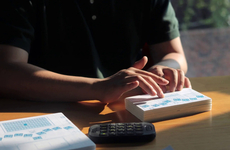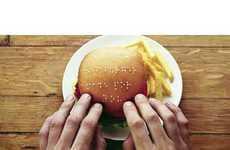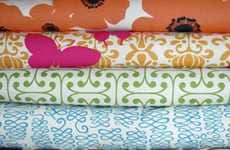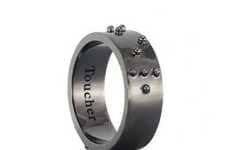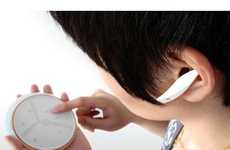
The Braille Printer Helps Visually Challenged Identify Items
Rose Nazarali — September 1, 2009 — Art & Design
References: tuvie
The Embossing Braille Printer by Danni Luo helps the visually challenged identify different items that might seem similar in touch, smell or taste.
The Braille Printer has voice recognition and allows users to input information about different items and then prints a small braille label, describing the items. The user then pastes the labels onto items such as pill bottles to ensure they can always identify it.
Implications - It is very often the case that a company or business tailors their products to appeal to a singular group of consumers. As a result, they close themselves off from other groups of consumers. A company can maximize its profits by designing products that can be used by a wide range of consumers, regardless of the dissimilarities that may exist across the group.
The Braille Printer has voice recognition and allows users to input information about different items and then prints a small braille label, describing the items. The user then pastes the labels onto items such as pill bottles to ensure they can always identify it.
Implications - It is very often the case that a company or business tailors their products to appeal to a singular group of consumers. As a result, they close themselves off from other groups of consumers. A company can maximize its profits by designing products that can be used by a wide range of consumers, regardless of the dissimilarities that may exist across the group.
Trend Themes
1. Inclusive Design Products - Designing products that can be used by a wide range of consumers, regardless of the dissimilarities that may exist across the group, can maximize a company's profits.
2. Accessibility Technologies - The development of accessibility technologies like braille printers can help improve the user experience of visually-challenged people.
3. Personalized Assistive Devices - The use of personalized assistive devices can help visually challenged users easily identify different items that might seem similar in touch, smell or taste.
Industry Implications
1. Healthcare - Personalized assistive devices like the Embossing Braille Printer can benefit the healthcare industry by making it easier for visually challenged patients to identify their medication.
2. Consumer Goods - Designing products with inclusive design can maximize profits for businesses in the consumer goods industry by making products accessible to a wider group of consumers.
3. Technology - Accessibility technologies like braille printers have the potential to improve the user experience of visually challenged people, especially when integrated into various technology products.
0.9
Score
Popularity
Activity
Freshness

